What is a line edit? It’s not a mere cleaning up of the manuscript. A true line edit can take your manuscript to another level.
Let’s say you’ve had the macro edit done, so you know the timeline works, the character arcs show evolution, and the conflict builds to a necessary (but better than readers expect) resolution. And the copy edit cleaned up your pacing, the obvious mistakes, the pet words, the weasel words, and the buried dialogue.
Your baby could be ready for a proofread and submission (or you might be ready to have it formatted for the Indie Ocean).
But there’s another option.
Hire a line editor.
A line edit can take your manuscript from ready to absolutely ready to stand out.
A true line edit can take your manuscript from ready to absolutely ready to stand out. #editingtip #writingtip #A3 Click To TweetHere are a few of the things it can address:
Develop your voice.
Some stories sound like they’re whittled out of Appalachian hemlock. Or like Sam Elliot is the narrator—all man and lean muscle, dust and leather. Some books deserve to be read by a winsome British grandfather, a little cheeky, a lot endearing. Others sound raw. Emotion. Grit. Honesty.
Perhaps you’ve got a great story, but it’s not the kind of book that a reader can crack open and say, “This. I love this author. I can tell it’s her within a few paragraphs.” You can get there with a line edit. What does the story ache for? Imagine for a moment. If your dream reader were available for the audio book—who would it be? Why? What does your story lend to that?
What Is a Line Edit? Click To TweetDo you have two unique character POVs? Then they should sound distinct. A line edit will hone your characters’ voices too. Use appropriate dialect and lingo, not just for the jobs and activities the characters do but for their thoughts. The metaphors and similes ought to reflect the mind of the character. How would a baseball player describe his last chance to win a girl’s heart?
Add musicality and rhythm.
I love for the language of a book to arrest me. To hold my attention and stay with me like a favorite song—one I spend time, on purpose, memorizing because the lyrics sing to my heart. To me, there are three aspects of this: tempo, rhythm, and lyrics. A good line edit will address all three.
Tempo. Pacing should be a fluid thing. Some moments are legato, slow, flowing, steady. But what happens when the scene picks up? How about allegro? When the main character’s mind is flying, her thoughts are rushing, rambling from one thought to the next and she’s facing danger on one side, doubts on another—can you make your words race? Are you daring enough to use a stream of consciousness?
Rhythm. Pay attention to the way different characters speak and think. Could be short. Might be choppy. Overall, the effect is key. What will you risk for that?
Use your paragraphing to dictate whether the reading should be fluid or distinct. Use punctuation to magnify a pause if you need it.
A good usage of staccato makes my own heart pound as I read. I love when authors use the white space to their advantage. If a character is living through a heart-pounding, breath-stealing moment, show it (literally).
Lyrics. This one’s simple. A line edit should help you choose words as carefully as a songwriter. Tell the story in as few as possible. I’m one of those people who scores a brand new CD and carves out an hour to listen to it with the dust jacket in my hands as I read along, soak in the lyrics. Write a book that keeps me there.
Add layers and enrich themes.
Just like in a painting, colors can add mood to the scene. But it’s the layering, the shading and the tinting that give a painting depth and richness. They can add to the perspective almost as much as the horizon line. And the nuances you add to your entire story can enrich your theme.
A line edit can adjust subplots, symbolism, and subtext to add layers to your story. You don’t want it just to be a neat tale. You want it to be a work of art. Click To TweetWrapping it up.
I’ve got to add again: Not all editors do a true line edit. Ask around.
To me? A line edit is worth the extra time and investment. I’d rather my own work sing. That’s probably why this is my favorite type of editing to do for others.
Is it possible to get trapped in this phase, tinkering and tweaking ad nauseum? Absolutely. This is where some authors have been known to waste a year or two and never truly make their work better. My honest recommendation is to do one round of edits with this as your sole goal, just before you send your manuscript to the agent or publisher or proofreader (which I’ll talk about next time).
Let me hear back from you. Have you read a book worth underlining and highlighting? What was it about the writing that won you?

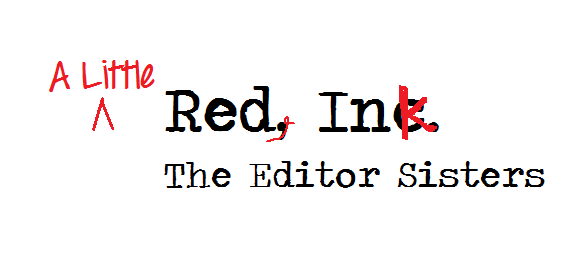
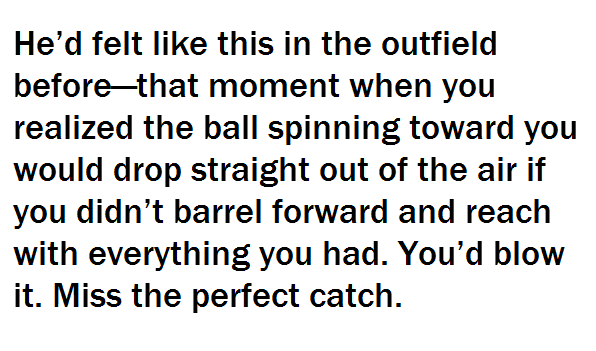
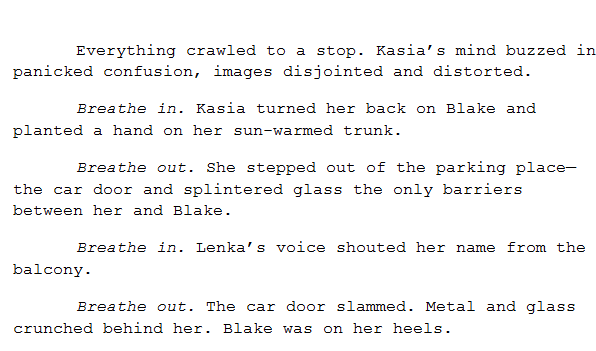
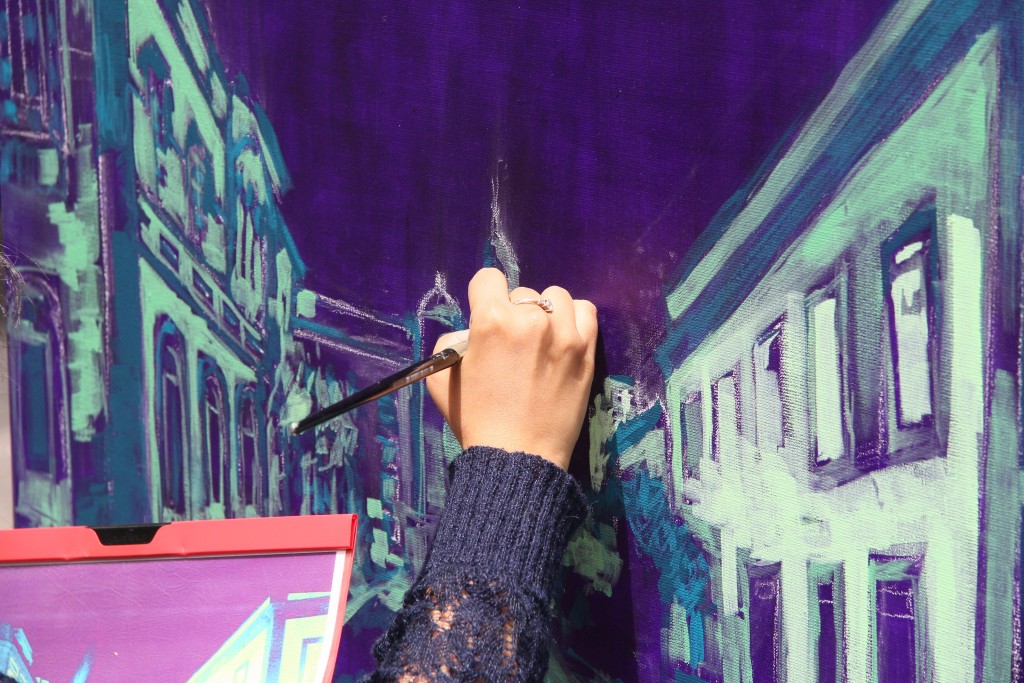

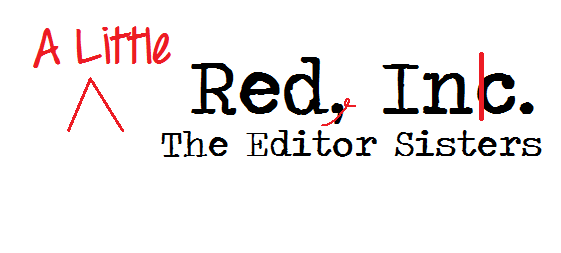
 We love helping your growing in your writing career.
We love helping your growing in your writing career.
